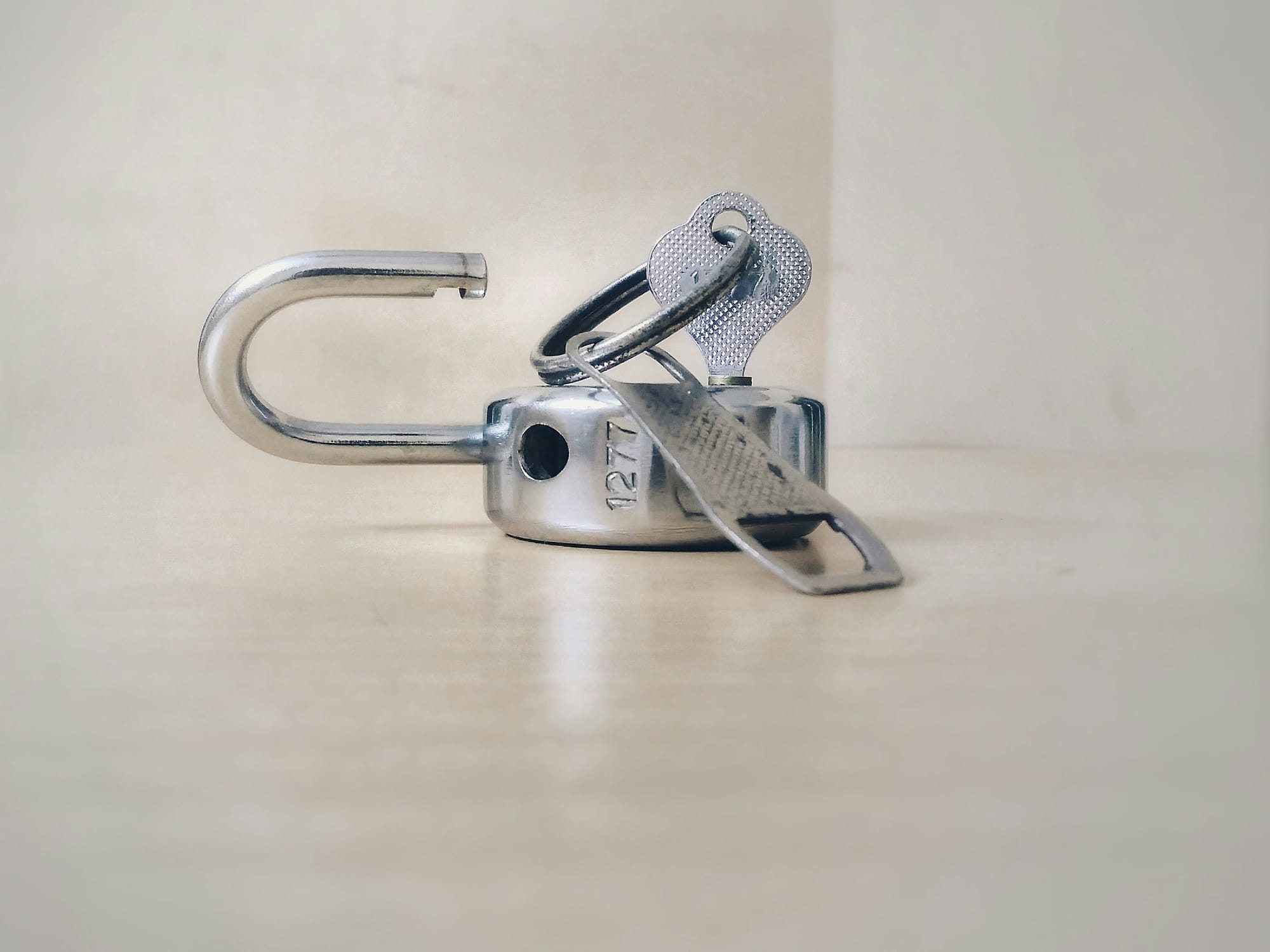Website performance optimization techniques to boost your online business
Website performance plays a crucial role in attracting and retaining customers - a slow or unresponsive site can drive visitors away, resulting in lost revenue and a tarnished reputation.
In this article, we’ll explore website performance optimization techniques that can improve load times, enhance user experience, and ultimately increase conversions.
Why website performance matters
Performance is a key metric that directly impacts user behavior, search engine rankings, and conversion rates:
- Bounce rates - a study by Google found that the probability of a bounce increases by 32% as page load time goes from 1 second to 3 seconds.
- SEO impact - search engines, particularly Google, prioritize fast-loading websites in search rankings.
- Revenue loss - slow websites frustrate users, leading to cart abandonment in ecommerce or drop-offs in SaaS onboarding processes.
Given the high stakes, implementing website performance optimization techniques is vital for maintaining competitive edge.
Website performance optimization techniques
1. Optimize images for the web
Images are often the largest contributors to page size, which can slow down load times if they’re not optimized.
- Compress images: use tools like TinyPNG or Squoosh to reduce file sizes without compromising quality.
- Use the right format: modern formats like WebP offer smaller file sizes than traditional formats like JPEG or PNG.
- Lazy loading: load images only when they are about to appear on the user’s screen. This can improve initial page load speed.
2. Enable browser caching
Browser caching allows visitors to store parts of your website locally, so returning visits load faster.
- Set caching rules for static assets like images, stylesheets, and JavaScript files.
- Use tools like GTmetrix or Pingdom to identify which assets could benefit from caching.
- Implement caching configurations via your server or CDN (Content Delivery Network).
3. Minify CSS, javaScript, and HTML
Minification removes unnecessary characters like whitespace, comments, and unused code from your files.
- Tools to use: plugins like WP Rocket for WordPress or tools like UglifyJS and CSSNano for manual minification.
- Minify and combine files where possible to reduce HTTP requests, further speeding up load times.
4. Use a Content Delivery Network (CDN)
A CDN stores copies of your website on servers located around the world, ensuring faster delivery of content to users no matter their location.
- Popular CDNs include Cloudflare, Akamai, and Amazon CloudFront.
- A CDN is particularly beneficial for global businesses with a geographically diverse audience.
5. Optimize server performance
Your hosting environment plays a significant role in website performance.
- Choose the right hosting: upgrade to a VPS (Virtual Private Server) or dedicated server if shared hosting slows your site.
- Enable HTTP/2: this protocol allows faster loading by enabling multiple requests at once.
- Use server-side caching: tools like Redis or Memcached can improve database performance, particularly for dynamic websites.
6. Implement Gzip Compression
Gzip compresses your website’s files before sending them to users, reducing the amount of data transferred.
- Most modern web servers support Gzip, and it can be enabled through server configurations or plugins.
- Tools like Google PageSpeed Insights can help verify if Gzip is active on your site.
7. Improve mobile performance
With mobile traffic surpassing desktop in many industries, optimizing for mobile users is essential.
- Responsive design: make sure your site adapts seamlessly to different screen sizes.
- AMP (Accelerated Mobile Pages): this framework simplifies page content to help faster mobile loading.
- Reduce mobile-specific elements: avoid heavy features like auto-playing videos or oversized images on mobile devices.
8. Monitor and measure performance
Regularly monitoring your site helps identify bottlenecks and track the effectiveness of your optimization efforts.
- Performance testing tools: use tools like Lighthouse, WebPageTest, or Google PageSpeed Insights to evaluate performance.
- Real-time monitoring: tools like New Relic or Pingdom provide real-time alerts for downtime or slow performance.
9. Reduce redirects
Each redirect adds an additional HTTP request-response cycle, slowing down the user experience.
- Audit your website for unnecessary redirects using tools like Screaming Frog.
- Keep redirect chains to a minimum, especially on critical pages like the homepage or checkout process.
10. Streamline third-party scripts
Third-party tools like analytics, social media widgets, and ads can significantly slow your website.
- Evaluate which scripts are essential and remove non-critical ones.
- Use asynchronous loading for scripts to ensure they don’t block the rest of the page from loading.
Final Thoughts
By implementing these website performance optimization techniques, you can improve user satisfaction, boost search rankings, and increase conversions. In an age where speed and efficiency are critical, investing in performance optimization is not just a technical upgrade - it’s a strategic necessity.
Start optimizing your website today to deliver a fast, seamless experience that keeps visitors engaged and coming back for more.
ConversionWax can help you optimize, personalize and schedule content across your site in minutes. Start your free trial today.
-

Unlock the benefits of website personalization
-

E-commerce conversion best practices
-

Your ultimate Conversion Rate Optimization checklist
-

How to: complete a Conversion Rate Optimization audit
-

An easy guide to ecommerce website optimization
-

Your guide to Conversion Rate Optimization best practices
-

Landing page optimization - maximizing your conversions
-

Website performance optimization techniques to boost your online business
-

Benefits of website personalization for online businesses
-

How to improve your ecommerce checkout conversion

